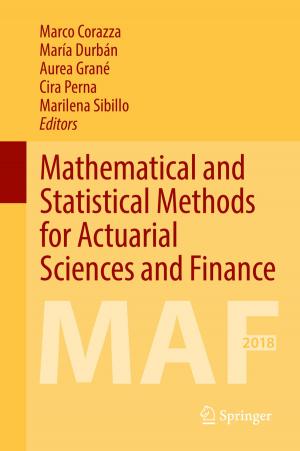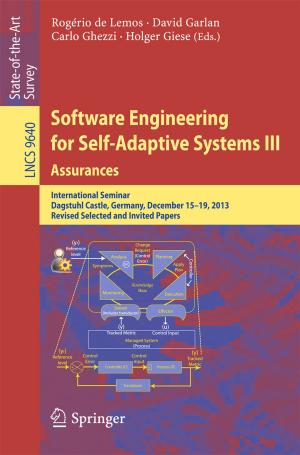Recent Advances in Ensembles for Feature Selection
Nonfiction, Computers, Advanced Computing, Engineering, Computer Vision, Artificial Intelligence, General Computing| Author: | Verónica Bolón-Canedo, Amparo Alonso-Betanzos | ISBN: | 9783319900803 |
| Publisher: | Springer International Publishing | Publication: | April 30, 2018 |
| Imprint: | Springer | Language: | English |
| Author: | Verónica Bolón-Canedo, Amparo Alonso-Betanzos |
| ISBN: | 9783319900803 |
| Publisher: | Springer International Publishing |
| Publication: | April 30, 2018 |
| Imprint: | Springer |
| Language: | English |
This book offers a comprehensive overview of ensemble learning in the field of feature selection (FS), which consists of combining the output of multiple methods to obtain better results than any single method. It reviews various techniques for combining partial results, measuring diversity and evaluating ensemble performance.
With the advent of Big Data, feature selection (FS) has become more necessary than ever to achieve dimensionality reduction. With so many methods available, it is difficult to choose the most appropriate one for a given setting, thus making the ensemble paradigm an interesting alternative.
The authors first focus on the foundations of ensemble learning and classical approaches, before diving into the specific aspects of ensembles for FS, such as combining partial results, measuring diversity and evaluating ensemble performance. Lastly, the book shows examples of successful applications of ensembles for FS and introduces the new challenges that researchers now face. As such, the book offers a valuable guide for all practitioners, researchers and graduate students in the areas of machine learning and data mining.
This book offers a comprehensive overview of ensemble learning in the field of feature selection (FS), which consists of combining the output of multiple methods to obtain better results than any single method. It reviews various techniques for combining partial results, measuring diversity and evaluating ensemble performance.
With the advent of Big Data, feature selection (FS) has become more necessary than ever to achieve dimensionality reduction. With so many methods available, it is difficult to choose the most appropriate one for a given setting, thus making the ensemble paradigm an interesting alternative.
The authors first focus on the foundations of ensemble learning and classical approaches, before diving into the specific aspects of ensembles for FS, such as combining partial results, measuring diversity and evaluating ensemble performance. Lastly, the book shows examples of successful applications of ensembles for FS and introduces the new challenges that researchers now face. As such, the book offers a valuable guide for all practitioners, researchers and graduate students in the areas of machine learning and data mining.















